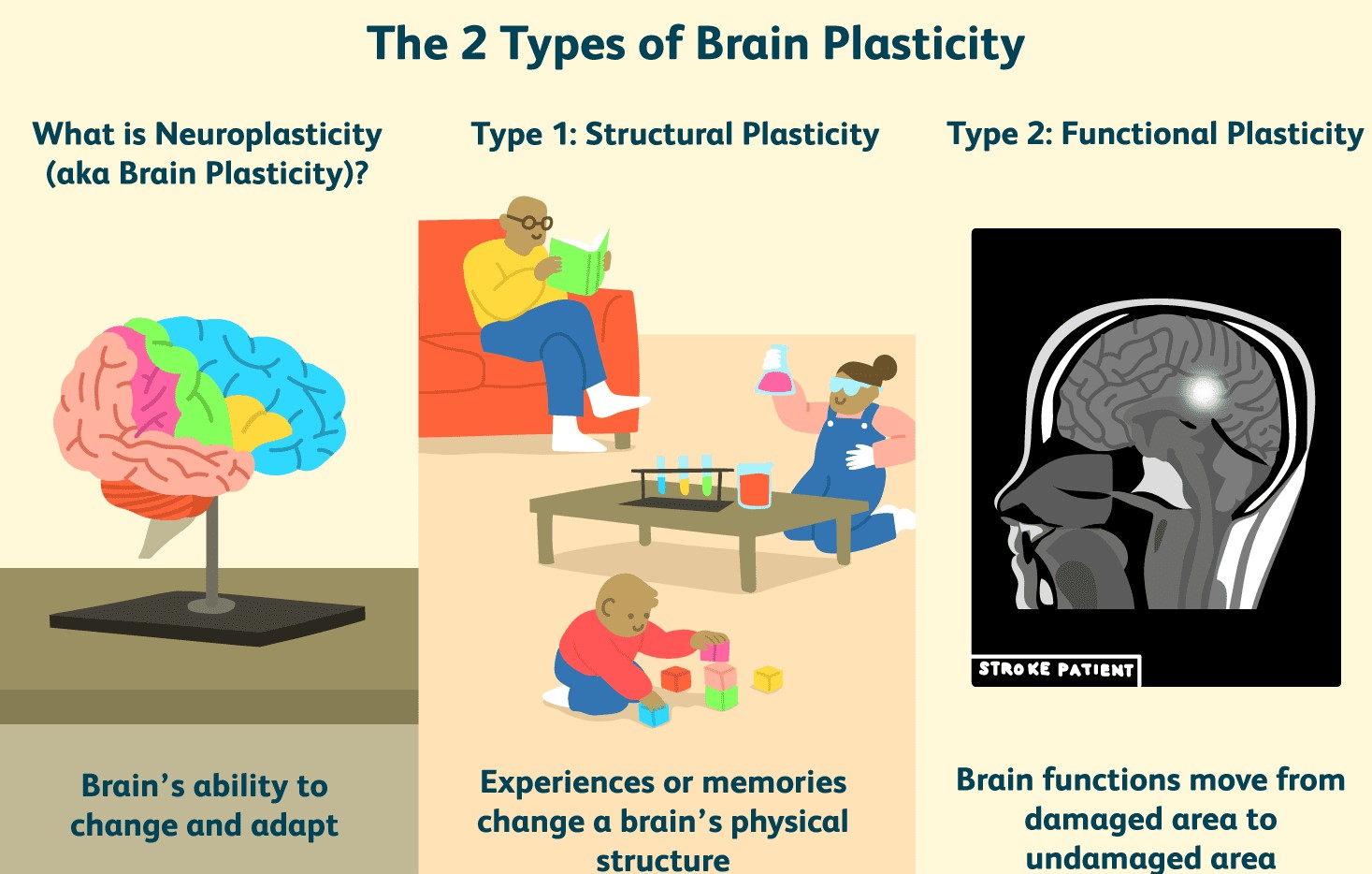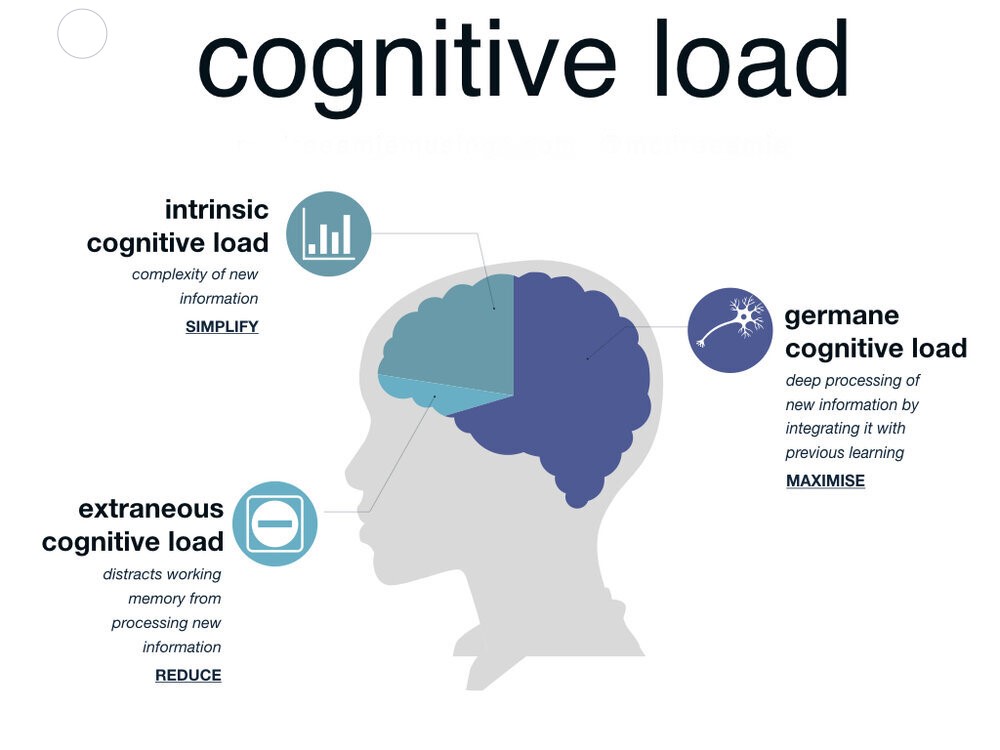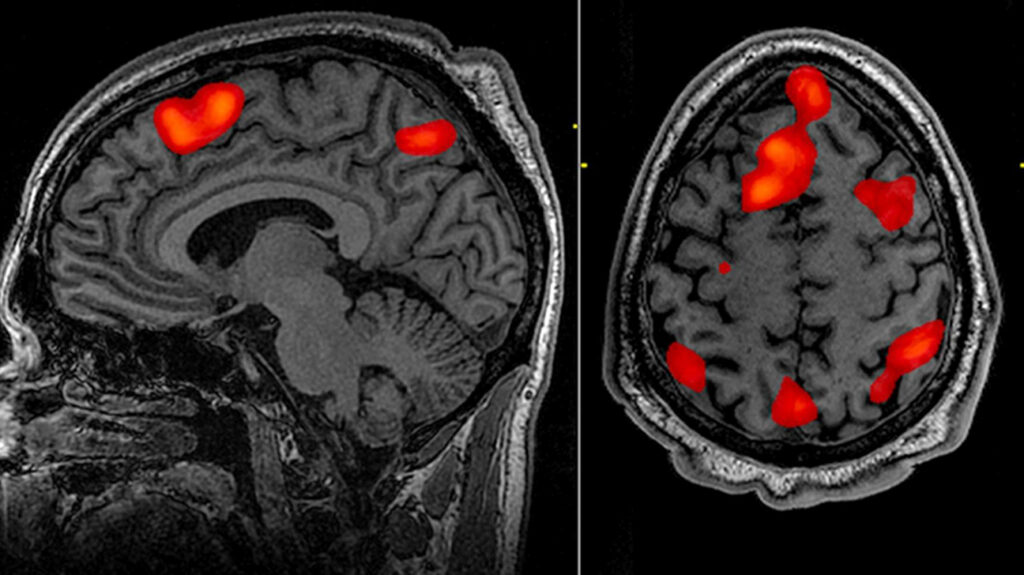Learning is a fundamental aspect of human existence. From the time we are born, we begin to absorb information about the world around us. We learn to talk, walk, and interact with others. We learn skills that allow us to survive and thrive, such as how to find food and shelter. As we grow older, we continue to learn new things, from reading and writing to complex mathematical concepts and scientific theories.
But what is it that enables us to learn? What are the underlying mechanisms that allow us to acquire knowledge and skills? The science of learning seeks to answer these questions by studying the cognitive and neural processes that underlie learning and memory.

One of the key principles of the science of learning is that the brain is plastic, meaning that it is capable of changing and adapting in response to new experiences. This plasticity allows us to form new connections between neurons, which is essential for learning and memory.
Another important principle is that learning is an active process. We don't simply absorb information passively; rather, we actively engage with the material by actively seeking out information and processing it in a meaningful way. This is known as active learning, which is a much more effective way to acquire knowledge than passive learning.
The science of learning also highlights the importance of feedback and repetition in the learning process. Feedback allows us to assess our performance and adjust our approach accordingly. Repetition helps to solidify and consolidate new information in our memory.

One of the most recent developments in learning science is called cognitive load theory which focuses on how the limited capacity of working memory affects learning process. It suggests that the way information is presented can either support or hinder learning depending on whether it matches the natural cognitive architecture of the learner.

In recent years, neuroimaging techniques have also allowed researchers to study the neural basis of learning and memory in greater detail. These techniques, such as functional magnetic resonance imaging (fMRI), have revealed that different areas of the brain are activated during different stages of the learning process, from encoding new information to consolidating it in long-term memory.
In conclusion, the science of learning is a rapidly growing field that is providing new insights into how we acquire knowledge and skills. By understanding the cognitive and neural processes that underlie learning, we can develop more effective strategies for teaching and learning.
Enjoy this cookie for all that hard reading!

